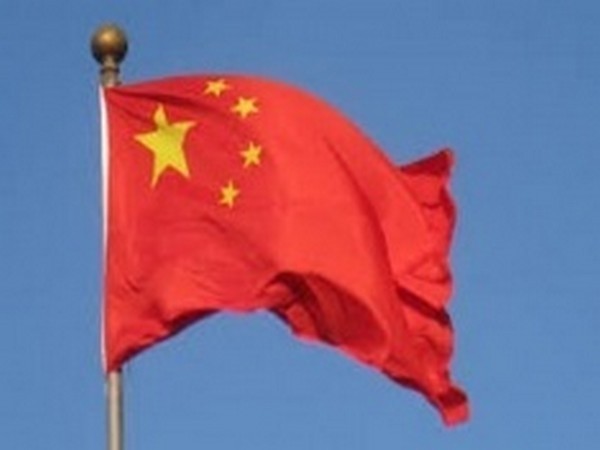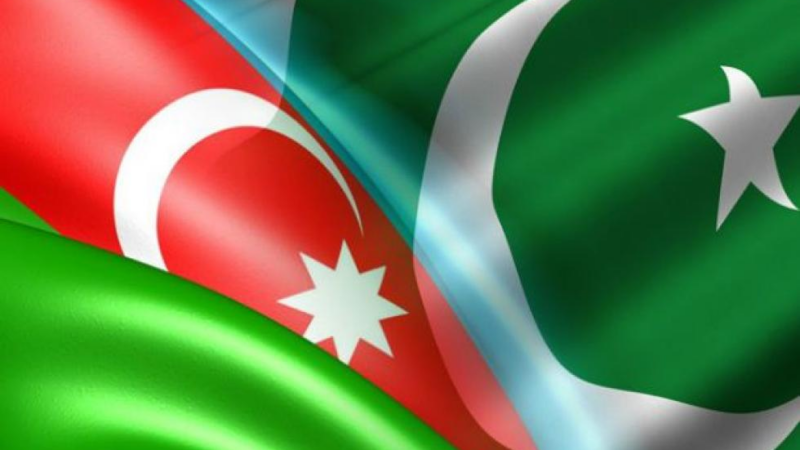Oman’s waning Trust on China

Over the past decade, China’s military footprint in member states of the Gulf Co-operation Council (GCC) has grown considerably, threatening the geopolitical scenario not only of the Gulf region but also of the Indian Ocean Region. The launch of the Belt and Road Initiative (BRI) in 2013 and its spread across the globe including Gulf countries has revealed Beijing’s expansionary policies. BRI evolved into a vehicle of geopolitical influence, and focused on enticing countries that made up Gulf Co-operation Council (GCC). In recent times, China has grown aggressive in pursuing its interest in WANA region especially the Gulf. Apart from investing in infrastructure and energy projects, Beijing is heavily investing in ports in the region through BRI. Chinese control of the Ports of Djibouti and Kenya in the Eastern Horn of Africa, and Port of Duqm in Oman in the Arabian Sea are aimed for exerting Beijing’s influence in the energy rich region, by manipulating the existing balance of power in the area. As China becomes assertive in the Gulf region, political and security dimensions of GCC are in danger of being consumed by Beijing.
Recently, Oman, a member state of the GCC, put a military Memorandum of Understanding (MoU) with China on hold. According to the Omani Defense and Foreign Ministries, the ruler of Oman Sultan Haitham, has taken note of China’s increasing military aspirations in the Gulf region. Earlier, in April 2022, during Chinese Minister of National Defense Gen. Wei Fenghe’s visit to Oman, Fenghe had met several Omani Ministers and senior officials in Muscat to negotiate a Military MoU. Both countries then pledged to enhance their strategic collaboration and finalized the draft of a military MoU. However, the latest development perhaps indicates Oman’s growing concern over Chinese influence in the Gulf region.
China’s defense white paper of 2015, outlining its hegemonic aspirations and underlining focus on the seas, includes an expanded naval role beyond its backwater. Oman is a part of Beijing’s larger strategy. Situated in the southeastern Arabian Peninsula adjacent to the Strait of Hormuz, Oman has access to some of the most important energy corridors in the world. According to US Energy information Administration 2017, over 80% per cent of world’s total seaborne trade in oil passes through the Indian Ocean choke points, with more than 18% of total oil trade and 40% of worldwide seaborne oil trade transiting through Strait of Hormuz, making it the largest maritime transit zone in the world.
Oman shares borders with Saudi Arabia, Yemen and the United Arab Emirates (UAE), and its strategic location may enable China to leverage its geopolitical influence across the Indian Ocean. With this intention, China has been increasingly trying to consolidate its presence in Oman. But with the latest move, Oman has shown other countries its allure to China is no more spellbinding. It has grown wary of China and is on the course of thwarting Beijing’s ambitions.






